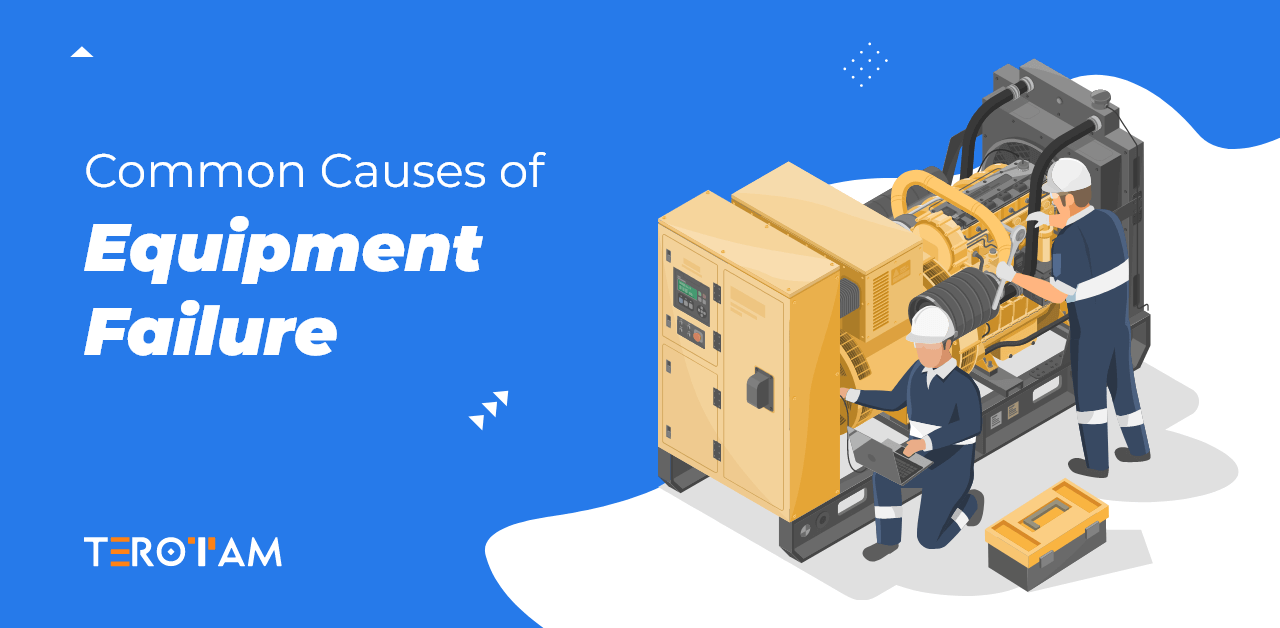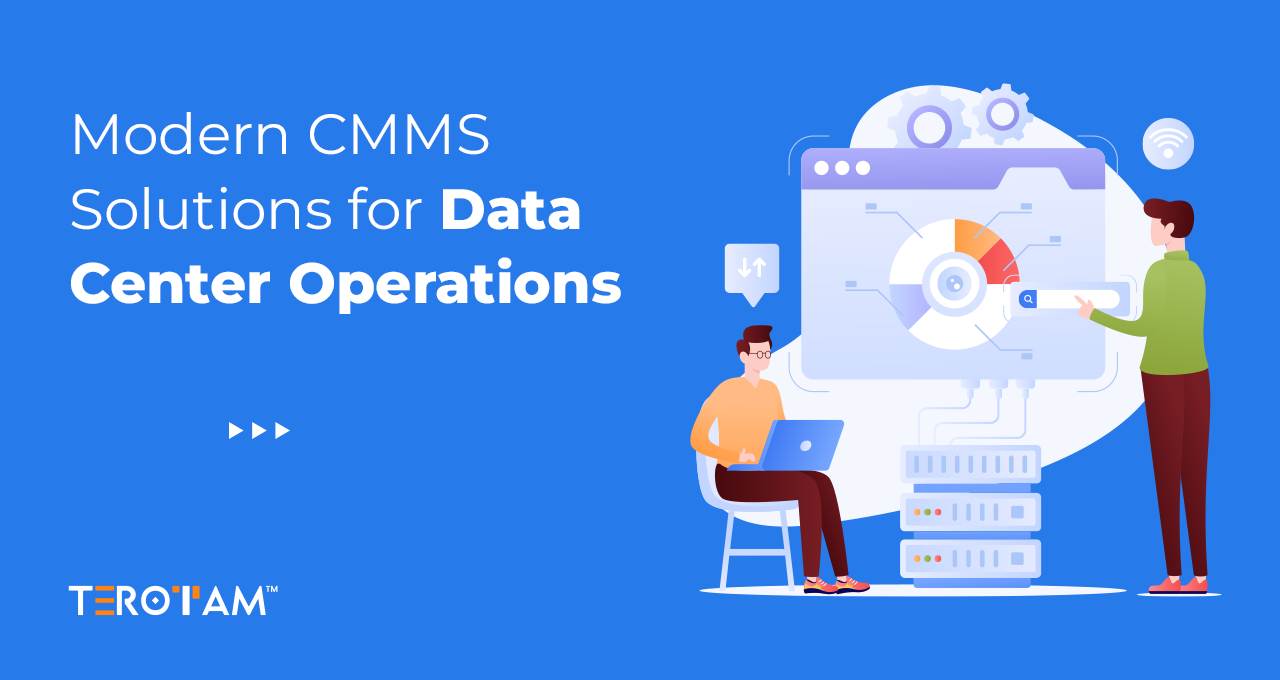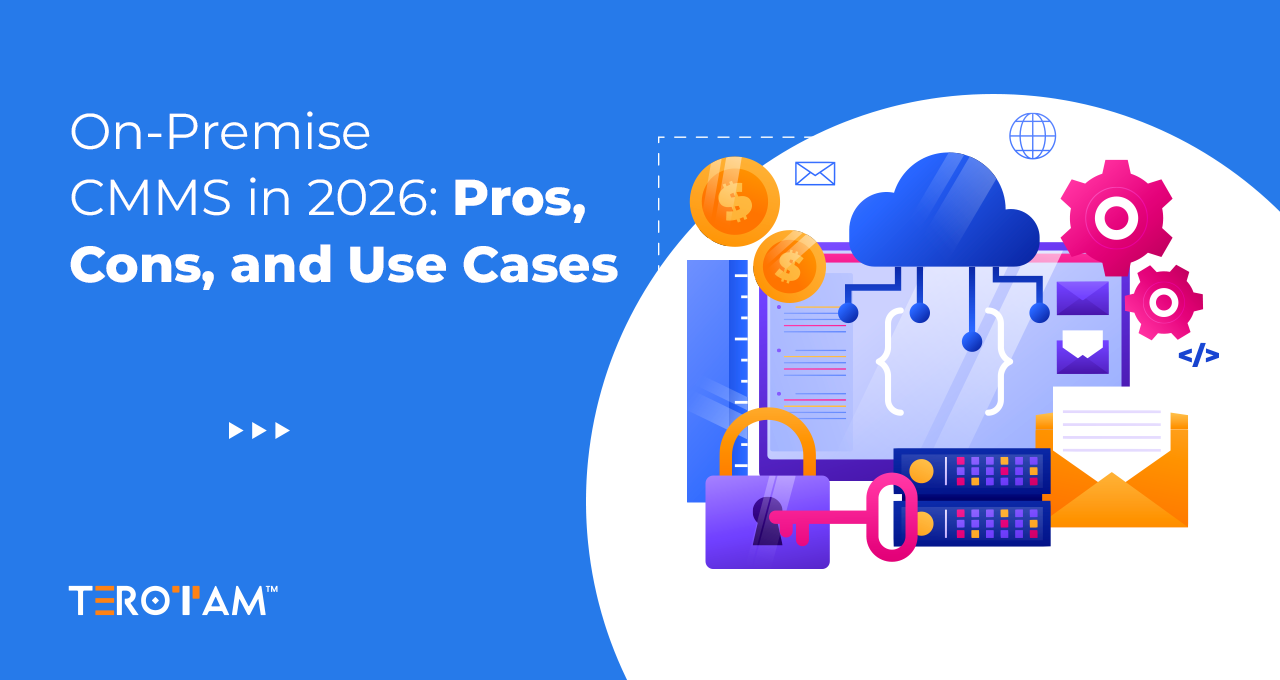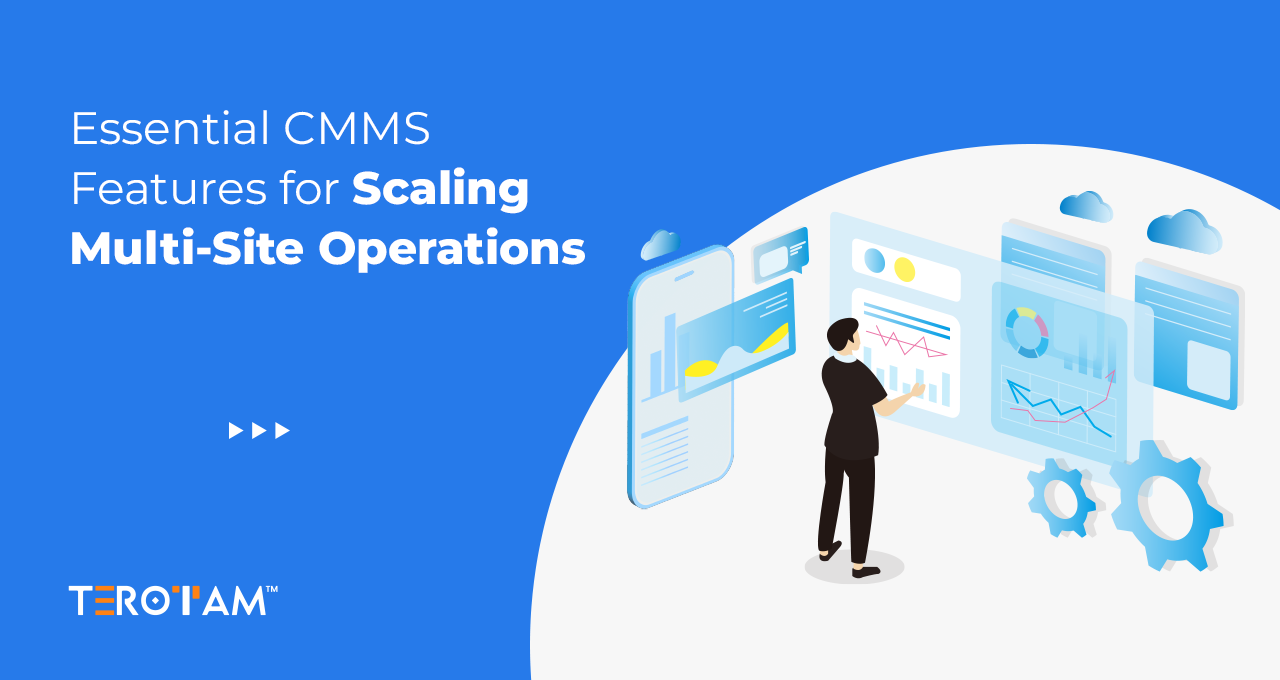Equipment failures are an inherent part of the journey. The aftermath of these failures varies widely, spanning from easily rectifiable situations with minimal losses to catastrophic events that leave a lasting impact.
There are common reasons why equipment fails, and it’s essential to understand them. Knowing these factors and taking steps to prevent them, can help avoid the serious consequences of unplanned downtime.
In this article, we will discuss some common causes of equipment failure and how to deal with it in a more systematic way.
So, let’s get started.
What is Equipment Failure?
Equipment failure refers to the sudden or gradual malfunction of machinery, tools, or devices used in various industries. This breakdown can stem from a variety of factors, ranging from poor maintenance practices to external influences.
Understanding the root causes is essential for developing strategies to mitigate the impact of equipment failure.
7 Common Causes of Equipment Failure
Understanding the underlying causes of equipment failures is essential for successful prevention of unplanned breakdown. Organizations can reduce downtime, increase operational efficiency, and take preventive measures by identifying these typical bottlenecks.
Let’s explore the seven common causes of equipment failure.
1. Too Much Dependence on Reactive Maintenance
- Reactive Maintenance involves addressing equipment issues only when they occur, often leading to higher repair costs and increased downtime.
- In this scenario, the focus is on fixing problems after they arise, rather than proactively preventing them through scheduled inspections and maintenance.
- The lack of a proactive approach can result in a higher likelihood of unexpected failures and the need for immediate, often more expensive, fixes.
2. Aging Infrastructure and Outdated Technology
- Aging infrastructure may face compatibility issues with newer systems, hindering seamless integration.
- Outdated technology often results in reduced performance efficiency compared to modern counterparts.
- Maintenance costs escalate with older equipment, as replacement parts become scarce and expensive.
- The risk of unexpected breakdowns increases as aging equipment’s components deteriorate over time.
- Rapid technological advancements may render older equipment obsolete, posing challenges in finding support and replacement parts.
3. Inadequate Training and Skill Development
- Insufficient training of personnel in equipment operation and maintenance can lead to errors, misuse, and improper handling, accelerating wear and tear.
- Well-trained operators are crucial for ensuring equipment is used appropriately, reducing the risk of failures caused by human error.
4. Lack of Planned Preventive Maintenance
- Planned Preventive Maintenance involves scheduled inspections, repairs, and replacements to prevent equipment failures before they occur.
- The absence of a structured preventive maintenance plan means that equipment may not receive regular check-ups, leading to potential breakdowns that could have been avoided.
- Establishing a well-defined preventive maintenance schedule ensures that equipment is consistently monitored and serviced, reducing the risk of unexpected failures.
5. Overlooked Software and Control System Issues
- In modern equipment, software and control systems play a crucial role. Ignoring updates, glitches, or malfunctions in these systems can lead to operational failures.
- Regular software updates, system checks, and timely troubleshooting are essential to maintain the integrity of the equipment’s control systems.
6. Absence of Repair vs. Replacement Strategy
- Determining whether to repair or replace equipment is a critical decision that impacts both cost and operational efficiency.
- Without a clear strategy, organizations may end up spending excessive resources on repetitive repairs for aging equipment, which could be more cost-effective to replace.
- Having a well-defined strategy involves assessing the overall condition, age, and cost of repairs versus replacement, ensuring judicious use of resources and minimizing downtime.
7. Poor Environmental Conditions
- Exposure to extreme temperatures, humidity, or corrosive substances can degrade equipment over time, affecting performance and leading to premature failure.
- Implementing measures to control environmental factors and providing protective equipment protection can extend its lifespan.
Impact of Equipment Failure on Productivity
The repercussions of equipment failure extend beyond the physical components. The ripple effect encompasses financial losses, operational disruptions, and potential long-term consequences that can impact an organization’s reputation and competitiveness. Understanding the multifaceted impact is crucial for developing strategies to mitigate the fallout of unexpected equipment failures.
Downtime Costs
Unplanned equipment failures have a direct financial impact, incurring downtime costs that extend beyond the immediate repair expenses. During periods of inactivity, not only are maintenance and repair costs accrued, but businesses also face the opportunity cost of lost revenue. The longer the downtime, the greater the financial repercussions as the organization grapples with interrupted production or service delivery.
Operational Disruptions
Equipment failures disrupt the normal course of operations, creating inefficiencies and potential bottlenecks in the workflow. Departments that depend on the malfunctioning equipment may experience delays and complications, affecting the overall operational rhythm. The ripple effect of these disruptions can impede coordination and collaboration, hindering the organization’s ability to maintain a smooth and coordinated workflow.
Decreased Output
Reduced or halted production directly translates to a decrease in overall output. The impact is twofold – not only does the organization face immediate financial consequences due to reduced productivity, but the potential inability to meet customer demands may result in long-term business losses and erosion of market share.
Increased Labor Costs
Extended downtime necessitates additional labor hours for repair or troubleshooting, contributing to increased labor costs. Employees may be required to work overtime to expedite the recovery process, incurring additional expenses for the organization. These heightened labor costs become an additional financial burden during times of equipment failures.
Quality Issues
Equipment failures can compromise the quality of products or services, leading to customer dissatisfaction and potential reputational damage. Quality issues may result in returns, warranty claims, and a loss of customer trust. The long-term consequences of compromised quality can extend beyond immediate financial losses, impacting the organization’s brand image and customer relationships.
Maintenance Management Software – Ultimate Solution to Equipment Failure
Proactively managing equipment maintenance is pivotal for preventing failures and optimizing productivity. One of the cornerstones of modern maintenance strategies is the implementation of advanced Maintenance Management with systematic CMMS software solutions.
With CMMS, organizations can transition from a reactive approach to a proactive and data-driven maintenance strategy, significantly reducing the risk of equipment failures.
Benefits of Maintenance Management Software
Preventive Maintenance Planning:
CMMS enables organizations to schedule and automate preventive maintenance tasks, ensuring that equipment is regularly inspected and serviced. This proactive approach minimizes the likelihood of unexpected failures.
Historical Data Tracking:
By maintaining a comprehensive history of equipment performance and maintenance activities, CMMS provides valuable insights. Analyzing this historical data helps identify patterns, anticipate issues, and make informed decisions to enhance equipment reliability.
Inventory Management:
Efficient inventory management is crucial for timely maintenance. CMMS allows organizations to track spare parts, manage stock levels, and streamline the procurement process. This ensures that the right parts are available when needed, minimizing downtime.
Work Order Management:
CMMS facilitates the creation and tracking of work orders, streamlining the maintenance workflow. Maintenance teams can receive, prioritize, and complete work orders efficiently, enhancing communication and coordination within the organization.
Real-time Analytics and Reporting:
CMMS provides real-time analytics and reporting capabilities, offering a clear overview of equipment performance, maintenance costs, and overall system health. Access to this data empowers organizations to make data-driven decisions and continuously improve maintenance strategies.
Conclusion
As we’ve explored the common causes and far-reaching impacts of equipment failure, it becomes evident that organizations must embrace modern solutions to mitigate these challenges. Maintenance Management Software, exemplified by the robust capabilities of CMMS solution, emerges as the ultimate solution to transform maintenance from a reactive burden to a proactive advantage.
If you want to explore how an Equipment Maintenance Management Software can help you reduce the equipment failure rate and optimize your maintenance processes, connect with our experts now or write us back at contact@terotam.com








